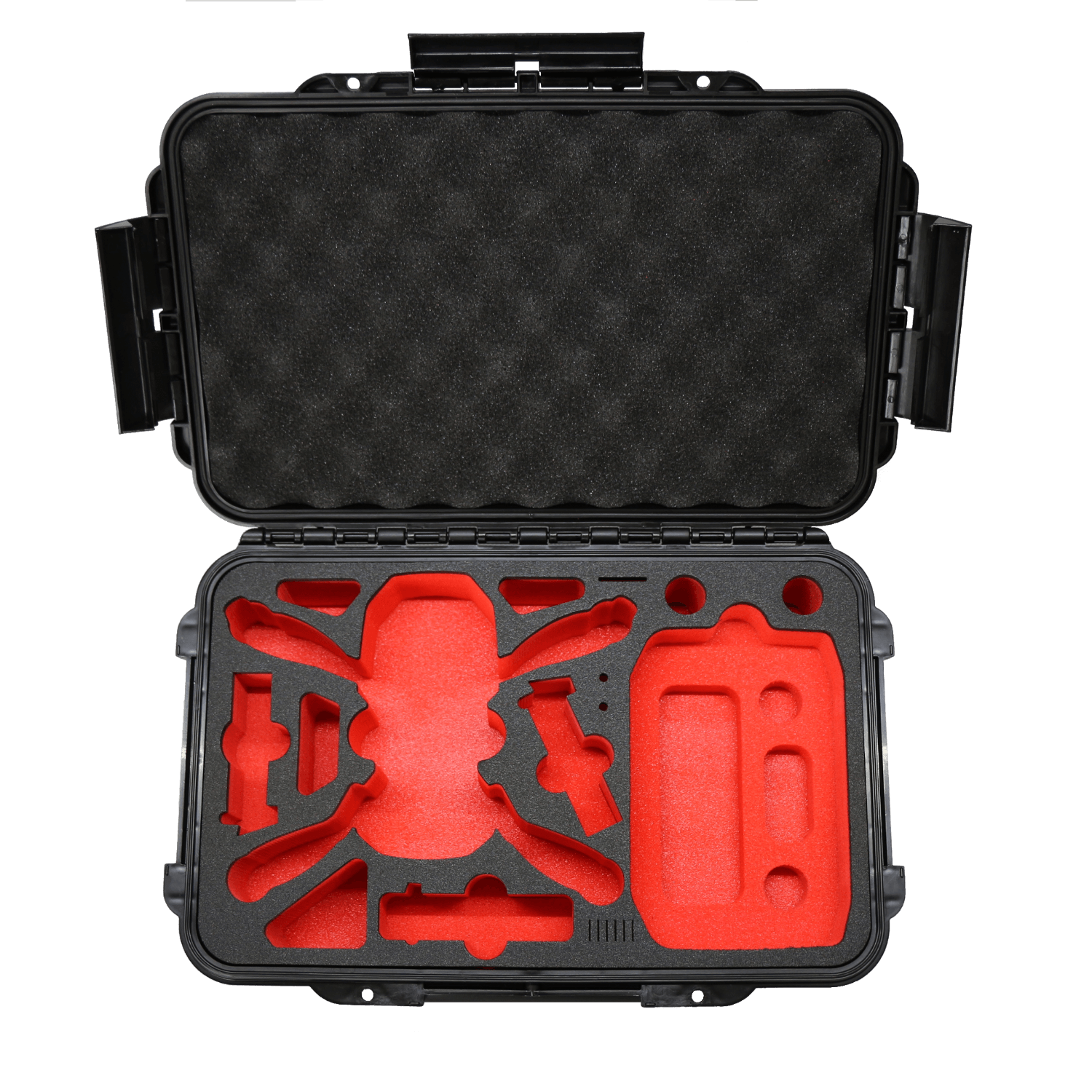ICHOTT
Well-Known Member
- Joined
- Jun 21, 2017
- Messages
- 395
- Reactions
- 315
- Age
- 71
OP - do it Within 1 or 2 minutes MAX!
I’m a “bug in and bug out flyer”
Fast, don’t hang around for nosy gits
Those who take care, do it slowly, check everything etc etc are doing so because they ‘want’ to NOT because you need to.
To fly: ALL your prep is made before, practice at home, take the advice mentioned, remove the unnecessary time obstacles, like the poster said “like scrambling a jet” become **** good at it
To end flight: land / power off / packed within 30 seconds - do it, and tell us your timings.
I’m a “bug in and bug out flyer”
Fast, don’t hang around for nosy gits
Those who take care, do it slowly, check everything etc etc are doing so because they ‘want’ to NOT because you need to.
To fly: ALL your prep is made before, practice at home, take the advice mentioned, remove the unnecessary time obstacles, like the poster said “like scrambling a jet” become **** good at it
To end flight: land / power off / packed within 30 seconds - do it, and tell us your timings.











